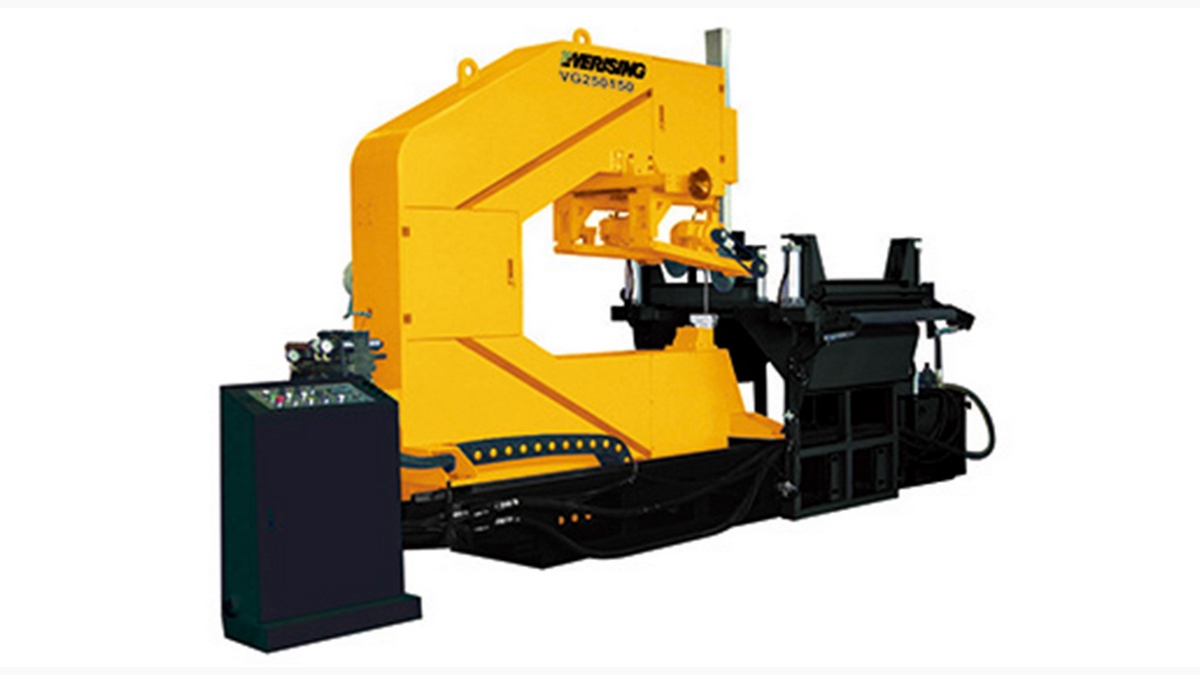Respiratory devices are indispensable tools that help manage a wide range of respiratory conditions, allowing individuals to breathe more comfortably and effectively. From sleep apnea to chronic obstructive pulmonary disease (COPD) and asthma, these devices play a crucial role in improving patients' quality of life. In this article, we will look at four key respiratory devices: Continuous Positive Airway Pressure (CPAP) machines, mechanical ventilators, nebulizers, and oxygen concentrators, and explore how these devices work, their special features, and emerging applications.
Continuous Positive Airway Pressure (CPAP) Machines
CPAP machines are commonly used to treat obstructive sleep apnea (OSA), a condition where the airway becomes partially or completely blocked during sleep, leading to pauses in breathing and disrupted sleep patterns. A CPAP machine delivers a continuous stream of air at a prescribed pressure through a mask worn over the nose and/or mouth.
The constant positive air pressure generated by the CPAP machine keeps the airway open, preventing obstructions and allowing for uninterrupted breathing throughout the night. This helps reduce snoring, improve sleep quality, and alleviate daytime fatigue associated with untreated sleep apnea.
Key components of a CPAP machine include:
Air Compressor: The air compressor generates the pressurized air required for therapy. Modern CPAP devices utilize advanced compressor technologies to deliver precise and consistent air pressure levels.
Humidifier: Many CPAP machines feature integrated humidifiers to add moisture to the delivered air, reducing dryness and irritation in the airway and enhancing overall comfort.
Mask Interface: CPAP masks come in various designs, including nasal masks, full-face masks, and nasal pillows, catering to individual preferences and ensuring a secure yet comfortable fit.
Exhalation System: To enhance comfort and compliance, CPAP machines are equipped with exhalation systems that reduce the pressure during exhalation, making breathing against the airflow more natural.
Special Features of CPAP Machines
Auto-adjusting Pressure: Intelligent CPAP machines monitor respiratory patterns and automatically adjust the air pressure levels in real time, optimizing therapy based on individual needs and fluctuations in airway resistance.
Data Monitoring and Connectivity: Many CPAP devices are equipped with built-in data monitoring capabilities, allowing healthcare providers to track patient compliance, therapy adherence, and treatment outcomes. Wireless connectivity enables remote monitoring and data transmission for timely intervention and adjustments.
Mask Fit and Leak Detection: Advanced CPAP machines incorporate algorithms for mask fit assessment and leak detection, ensuring a proper seal and minimizing air leaks that can compromise therapy effectiveness.
Ramp Functionality: To facilitate acclimatization and comfort, CPAP machines often feature a ramp function that gradually increases air pressure from a lower starting level, easing the transition into therapy and reducing initial discomfort.
New Applications
CPAP therapy is increasingly utilized postoperatively and in treatment for chronic obstructive pulmonary disease (COPD), bronchiectasis, acute respiratory distress, pneumonia, and other chronic lung diseases.
Mechanical Ventilators
Mechanical ventilators, also known as ventilators or respirators, are critical life-support devices used in intensive care units (ICUs) to assist or completely control a patient's breathing. They are essential for patients with respiratory failure, acute respiratory distress syndrome (ARDS), or other conditions that impair lung function. Mechanical ventilators deliver oxygen-enriched air into the lungs and remove carbon dioxide. Mechanical ventilation can be invasive, involving the insertion of an endotracheal tube into the patient's airway, or non-invasive, utilizing masks or nasal prongs.
Mechanical Ventilators deliver a controlled mixture of oxygen and air into the patient's lungs while regulating the volume, pressure, and timing of each breath. This process involves several key components:
Ventilator Control System: The control system, manages and coordinates the delivery of breaths based on preset parameters and patient-specific requirements. Modern ventilators feature advanced algorithms and modes of ventilation that can dynamically adjust ventilation parameters, such as tidal volume, respiratory rate, and inspiratory pressure, based on real-time patient feedback and physiological changes, optimizing ventilation efficacy and patient-ventilator synchrony.
Breathing Circuit: The breathing circuit delivers the gas mixture from the ventilator to the patient's airway. It includes tubing, valves, and connectors designed to ensure proper gas flow, humidity, and temperature.
Gas Delivery Mechanism: Ventilators utilize various mechanisms, such as piston-driven, turbine-driven, or pneumatic systems, to generate and deliver the pressurized gas mixture to the patient. These systems are engineered for efficiency, precision, and reliability.
Patient Interface: In invasive mechanical ventilation, the patient interface comprises an endotracheal tube or tracheostomy tube, which is inserted into the airway to facilitate gas exchange. Non-invasive interfaces, such as masks or nasal prongs, are used in certain cases to deliver positive pressure ventilation without airway instrumentation.
Safety Features: Ventilators are equipped with a range of safety features, including alarms for high pressure, low pressure, disconnection, and apnea, as well as backup power systems and fail-safe mechanisms to mitigate risks and ensure continuous ventilation.
Nebulizers
Nebulizers are devices used to convert liquid medications into fine particles that can be inhaled through a mask or mouthpiece, administering medication directly into the lungs as a mist. They are valuable tools for managing respiratory conditions such as asthma, chronic obstructive pulmonary disease (COPD), and cystic fibrosis. Nebulizers use compressed air or ultrasonic vibrations to create aerosols, providing an alternative for patients who have difficulty using inhalers or require higher doses of medication than traditional inhalers can deliver.
Patients inhale the aerosolized medication through a mouthpiece or mask connected to the nebulizer. Masks are often used for pediatric or elderly patients who may have difficulty using a mouthpiece. Nebulizers may have adjustable airflow settings to regulate the rate of medication delivery and optimize treatment efficacy based on individual patient needs. Portable and compact nebulizers allow for home-based respiratory therapy.
Oxygen Concentrators
Oxygen concentrators are essential devices for patients with chronic respiratory conditions or low oxygen levels. These devices extract oxygen from ambient air, concentrate it, and deliver it at higher concentrations to patients through nasal cannulas or masks. Unlike traditional oxygen tanks that require refilling, oxygen concentrators provide a continuous supply of oxygen without the need for frequent replacements.
The functioning of oxygen concentrators involves either pressure swing adsorption (PSA) technology or membrane separation to remove nitrogen and other gases from the air, leaving behind purified oxygen. Oxygen concentrators are portable, reliable, and suitable for long-term oxygen therapy, offering greater mobility and independence for patients.
Oxygen Concentrators have been be adapted for use in hyperbaric oxygen chambers, delivering high-pressure oxygen to patients undergoing HBOT for conditions such as decompression sickness, wound healing, and carbon monoxide poisoning.
Conclusion
With ongoing research and development, respiratory devices are becoming more efficient, user-friendly, and versatile. The future of respiratory devices holds promise for further advancements, personalized therapies, and enhanced patient care, leading to improved patient outcomes and quality of life.








.png)





